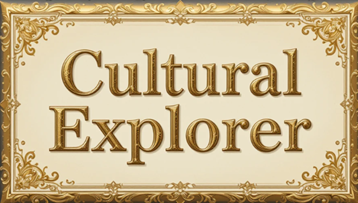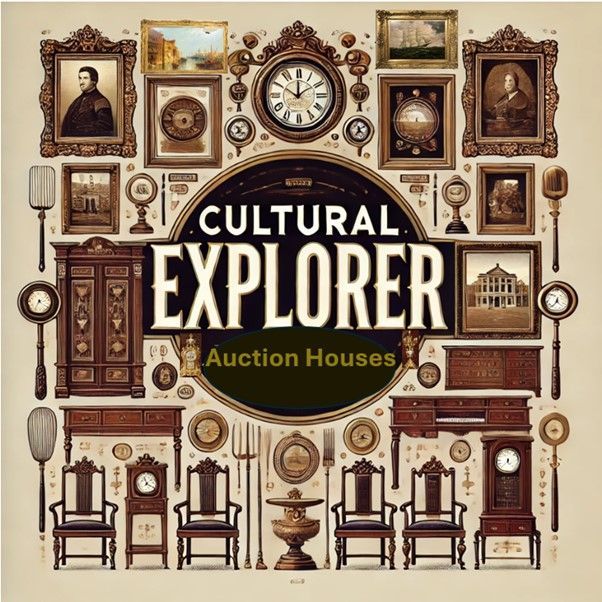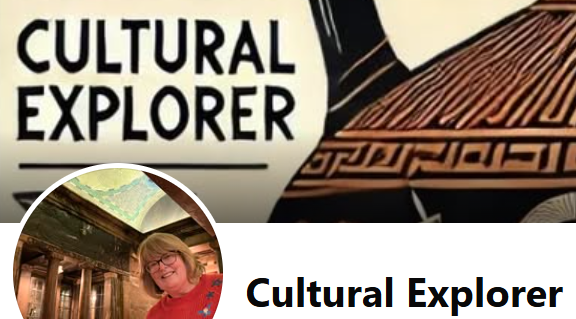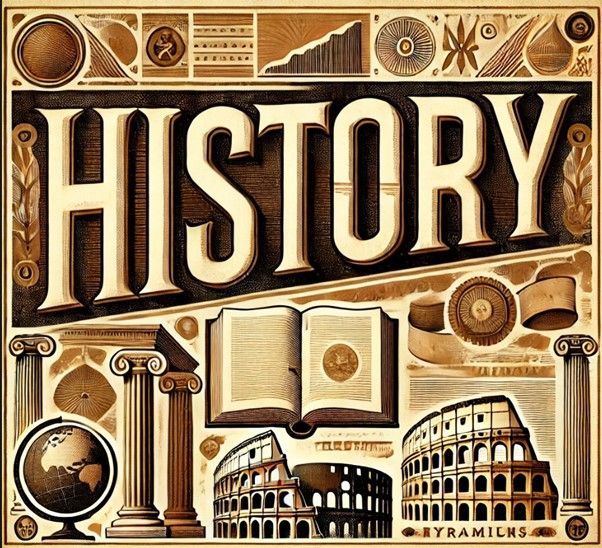- HOME
- Cultural Explorer Itineraries
- Cultural Explorer Travel
- Cultural Explorer Books
- Cultural Explorer Art
- Cultural Explorer Auction Houses
- Travel, Culture and Books - Blog
- More
- England
- Europe
- United States
- Spain
- Denmark
- Germany
- England - Yorkshire
- England - London
- England - Durham
- England - Liverpool
- England - Stratford upon Avon
- Spain - Cadiz, Jerez, Madrid
- Spain - Barcelona
- Spain - Sevilla
- Spain - Malaga and Ronda
- France - Paris
- Boston and New Haven Logisitics - Itinerary, travel, accommodation
- Boston Freedom Trail, Tea Party and Cheers
- New Haven and Yale University
- Hartford - Mark Twain's House
- Boston Art Museums - MOFA and Isabella Stewart Gardner
- Harvard and MIT Museums
- Cultural Explorer Travel - Top 10 Museums in London
- Cultural Explorer Travel - Top 10 Museums Yorkshire
- Cultural Explorer Art - Top 10 Art Galleries in London
- Cultural Explorer Art - Top 10 Controversial Paintings
- Cultural Explorer Art - The Life of the Mona Lisa
- Cultural Explorer Art - The Bowes Museum - Norman Cornish and LS Lowry
- Cultural Explorer Art - Top 10 Art Galleries in Yorkshire
- Cultural Explorer Books - Top 15 Books about Art
- Cultural Explorer Books - From a North East American Trip
- Cultural Explorer Books - Top 10 Books about Spain
- Cultural Explorer Books - Top 10 Latin American Books
- Cultural Explorer Books - Top 10 Greek Myths Books
- Cultural Explorer Books - Top 15 United States Contemporary Fiction Books
- Cultural Explorer Books - Top 10 Non-Fiction about the US
- Cultural Explorer Books - Top 10 Japan Books
- Cultural Explorer - Top 10 Books about Humans
- Cultural Explorer Auction House - Sotheby's
- Cultural Explorer Auction House - Christies
- Cultural Explorer Auction House - Bonhams
- Cultural Explorer Auction House - Phillips
- ads.txt
- Terms and Conditions



Facebook page: https://www.facebook.com/SarahCulturalExplorer/
The Auctions I like to follow are the big auction houses, with the very high quality paintings, furniture, jewellery and other objet d'arts.
The four main Auction Houses, I follow, are:
Sotheby's - Founded in 1744, Sotheby's is one of the world's largest and most prestigious auction houses, known for handling art, antiques, jewellery, and collectibles. With headquarters in New York and offices globally, it has a long-standing reputation for record-breaking sales and exceptional client service.
Christie's - Established in 1766, Christie's is a renowned British auction house celebrated for its expertise in fine art, luxury goods, and rare collectibles. With a global presence and iconic sales like the Rockefeller Collection, it is synonymous with high-profile auctions and cultural heritage.
Bonhams - Founded in 1793, Bonhams is a British auction house recognised for its specialist sales in fine art, classic cars, and antiques. With its roots in London, it has grown internationally, offering both traditional and modern items to a diverse clientele.
Phillips - Phillips, established in 1796, is a leading auction house focusing on contemporary art, design, and luxury goods. Known for its innovative approach and cutting-edge auctions, it caters to collectors seeking the best in modern creativity and craftsmanship.
The Short History of Auction Houses:

What is the History of the British Auction House?
- The first British auction house, Sotheby's, was founded in 1744 by Samuel Baker.
- Christie's was established in 1766 by James Christie in London.
- Early auctions in Britain primarily focused on books, rare manuscripts, and estate sales.
- The 19th century saw expansion into art, jewellery, and furniture as Britain's wealth grew during the Industrial Revolution.
- British auction houses were key players in dispersing aristocratic collections in the wake of financial crises or changing fortunes.
- The 20th century introduced specialised departments, such as Impressionist art, modern design, and luxury goods.
- Sotheby's pioneered international auctions in the 1950s, bringing British auctioneering to a global stage.
- Christie's and Sotheby's became rivals, known for record-breaking sales and prestigious clientele.
- Online auctions emerged in the late 20th century, making auctions more accessible to a global audience.
- British auction houses remain iconic institutions, blending heritage with innovation in the modern art market.
What is the History of US Auction Houses?
- Auctioneering in the US began in the 17th century, influenced by European practices.
- The first American auction house, Samuel Yates & Company, was established in Philadelphia in the 1700s.
- Early auctions in the US often focused on land, livestock, and household goods.
- The 19th century brought a focus on estate auctions, particularly those of wealthy industrialists.
- Parke-Bernet Galleries, established in 1939, became a leading US auction house before merging with Sotheby's in 1964.
- American auction houses played a role in the dispersal of European art during the World Wars.
- The late 20th century saw the rise of modern and contemporary art auctions in the US.
- Heritage Auctions, founded in 1976, became notable for collectibles like coins, comics, and sports memorabilia.
- Online bidding platforms revolutionised the US auction scene in the 2000s.
- US auction houses are now pivotal in the global market, competing with European counterparts.
What is the History of European Auction Houses?
- The origins of European auctions date back to ancient Rome, where goods were sold via public outcry.
- The modern auction house began in 17th-century France, with organised sales of art and antiques.
- Swedish auction house Bukowskis was founded in 1873 and remains one of the oldest in Scandinavia.
- Drouot, established in Paris in 1852, became a central hub for French art auctions.
- Austrian auction house Dorotheum, founded in 1707, is one of the oldest still in operation today.
- The 19th century saw rapid growth in European auction houses, driven by industrial wealth and colonial acquisitions.
- European auction houses played a role in dispersing royal and aristocratic collections during political upheavals.
- The 20th century saw significant expansion into specialised fields, including modern art and design.
- Post-World War II, European auction houses recovered by catering to American collectors seeking Old Master works.
- Today, European auction houses balance heritage with cutting-edge sales technology.
What is the History of Asian Auction Houses?
- Early auction-like practices in Asia date back to ancient China, with public sales during the Tang and Song dynasties.
- The Qing dynasty (1644–1912) saw the growth of private art collections and sales.
- Japan's Edo period witnessed flourishing art and antique markets through organised trade fairs.
- Western auction houses like Sotheby’s and Christie’s entered Asia in the 20th century.
- Poly Auction, founded in 2005 in China, became a major player in the global auction market.
- Hong Kong emerged as a key hub for art auctions, particularly for modern and contemporary Asian art.
- Southeast Asian auction houses gained prominence in the late 20th century for antiques and regional art.
- Digital innovation has driven rapid growth in the Asian auction market since the 2000s.
- Contemporary Chinese collectors have become pivotal buyers in the global art market.
- Asian auction houses now rival Western counterparts in size and influence, particularly in the luxury sector.
What is the History of African Auction Houses?
- Auctioning in Africa historically focused on goods, often traded in markets or colonial outposts.
- During the colonial era, auctions were used to sell property, art, and goods of European settlers.
- Post-independence, art auctions began reflecting local culture, heritage, and craftsmanship.
- Strauss & Co., founded in South Africa in 2008, became a leading African auction house.
- African art gained international recognition in the late 20th century, driving growth in the auction market.
- Nigerian auction house Arthouse Contemporary, established in 2007, highlights modern and contemporary African art.
- Online platforms have allowed African art and antiques to reach global audiences.
- The market for African art has been buoyed by interest from diaspora collectors and museums.
- Auction houses play a crucial role in preserving and celebrating African heritage and craftsmanship.
- African auction houses are emerging as key players in the global art and design market.
What is the Oldest History of Auction Houses?
- Auctions date back to 500 BCE in Babylon, where brides were sold at annual auctions.
- Ancient Rome used auctions to sell war loot, slaves, and properties.
- In medieval Europe, auctions were used to settle debts or distribute estate assets.
- The first recorded art auction occurred in the 17th century in the Netherlands, a hub for Old Master works.
- Sweden’s Stockholms Auktionsverk, established in 1674, is the oldest auction house still operating.
- Sotheby’s, founded in 1744, is the oldest British auction house.
- The 18th century saw auction houses formalise with catalogues and dedicated premises.
- Auctions expanded from art to include jewellery, wine, books, and furniture.
- The 20th century introduced globalisation and specialisation in auction practices.
- Today, auctions are a blend of ancient traditions and cutting-edge technology.
What is the History of Collectors?
- Collecting dates back to ancient civilisations, with Egyptian pharaohs amassing treasures for tombs.
- Roman elites collected Greek sculptures and art, showcasing wealth and education.
- Medieval collectors often focused on religious relics and manuscripts.
- The Renaissance sparked interest in classical antiquities, natural curiosities, and art.
- Cabinets of curiosities became popular among European aristocrats in the 16th century.
- The Enlightenment era saw collecting expand to scientific specimens and global artefacts.
- The 19th century brought a focus on private art collections and patronage of living artists.
- Public museums, such as the British Museum, originated from private collections gifted to the state.
- The 20th century introduced modern collectors focusing on contemporary art, luxury goods, and rare objects.
- Today, collectors drive the global art market, shaping trends and supporting cultural preservation.



Facebook page: https://www.facebook.com/SarahCulturalExplorer
Instagram: https://www.instagram.com/sarahculturalexploreruk
My Bio: Travel opens doors to art, museums, and galleries, where stories come alive. I love books, paintings, collectors, and auctions - the treasures connecting us to history, creativity, and culture. Enjoy regular posts on my facebook page.
Email: culturalexploreruk@gmail.com